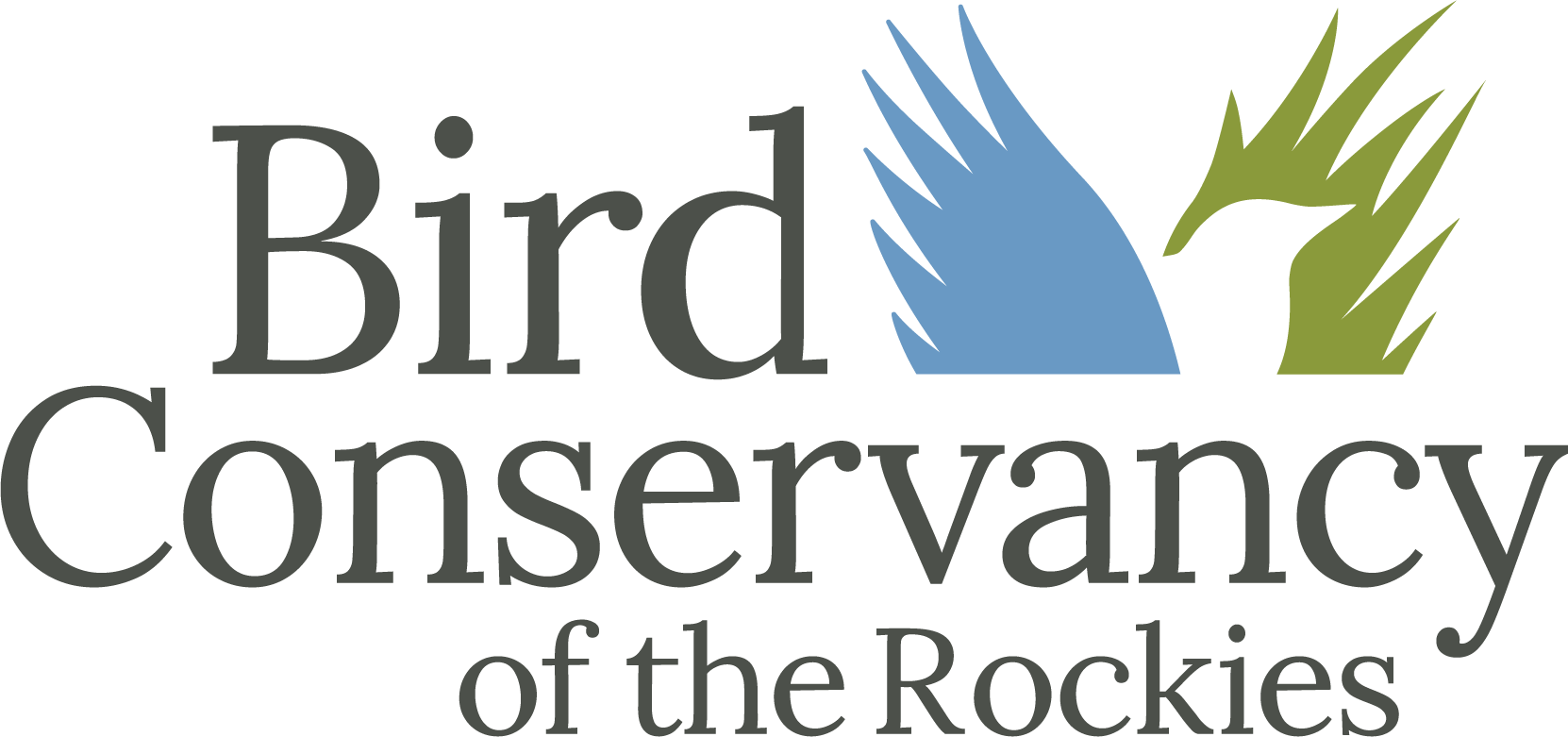The Central Plains Experimental Range in Northern Colorado provides the perfect place for researchers and ranchers to come together and explore new ways to achieve maximum economic yields alongside quality habitat for grassland birds.
After several decades of steep declines, Aplomado Falcon populations are slowly rising again in the Chihuahuan Desert in Mexico, thanks to the efforts of our local partners, ranchers and biologists who are working hard to improve habitat, providing nesting locations, and closely monitor the progress of this threatened species.
The Integrated Monitoring in Bird Conservation Regions (IMBCR) program started in Colorado in 2008 and has since expanded to 15 states and 10 Bird Conservation Regions. In honor of its 10th anniversary, we invite you to explore a few examples how IMBCR data has benefited bird conservation over the past decade.
Wildlife field work isn’t just for people and battery powered devices! Dogs are an effective and fulfilling tool in the conservation world. Meet Badger and Merlin, Bird Conservancy’s very own sparrow herding canines!
Bats have a lot in common with birds. These flying mammalian counterparts can fly, eat insects, are found in a variety of habitats, and are an indicator species when studying landscape health. They also have similar habitat needs to many birds, making bat conservation a winning proposition for both furry and feathered friends.
Brown-capped Rosy-Finches nest at higher elevations than any other bird species in the United States, and their breeding distribution is almost entirely limited to Colorado. Despite residing in an almost pristine environment for most of the year, they have declined by as much as 95% over the past 50 years and, unfortunately, we don’t know why. Read on to learn more about our efforts to solve this mystery.
Summer Camps are a venue to develop an affinity for uncertainty—a central part of the scientific process. On the Wing, a ten-day camp for teens interested in field biology and ornithology, turns uncertainty into something to be explored. Along their journey, participants gain new skills, confidence and lasting memories of life-changing experiences.
2017 marks eleven consecutive years of data collection at Soapstone Prairie Natural Area in Northern Colorado. This beautiful and ecologically important landscape is home to a diverse array of plants and animals—including over twenty species of grassland birds—that are uniquely adapted to life where the mountains meet the plains.
In the darkness of night, after the rest of the world has retired for the evening, our teams are in the wilderness looking for Mexican Spotted Owls. Today’s post from one of our field techs shares what it’s like to experience nature’s nocturnal side.
Mixed-grass prairie in the Northern Great Plains represents critical habitat for wildlife of all kinds, including our specialty at Bird Conservancy of the Rockies – birds! Read on to learn more about our full life cycle monitoring on the breeding grounds and how technology is playing a role in helping us conserve birds and their habitats.


